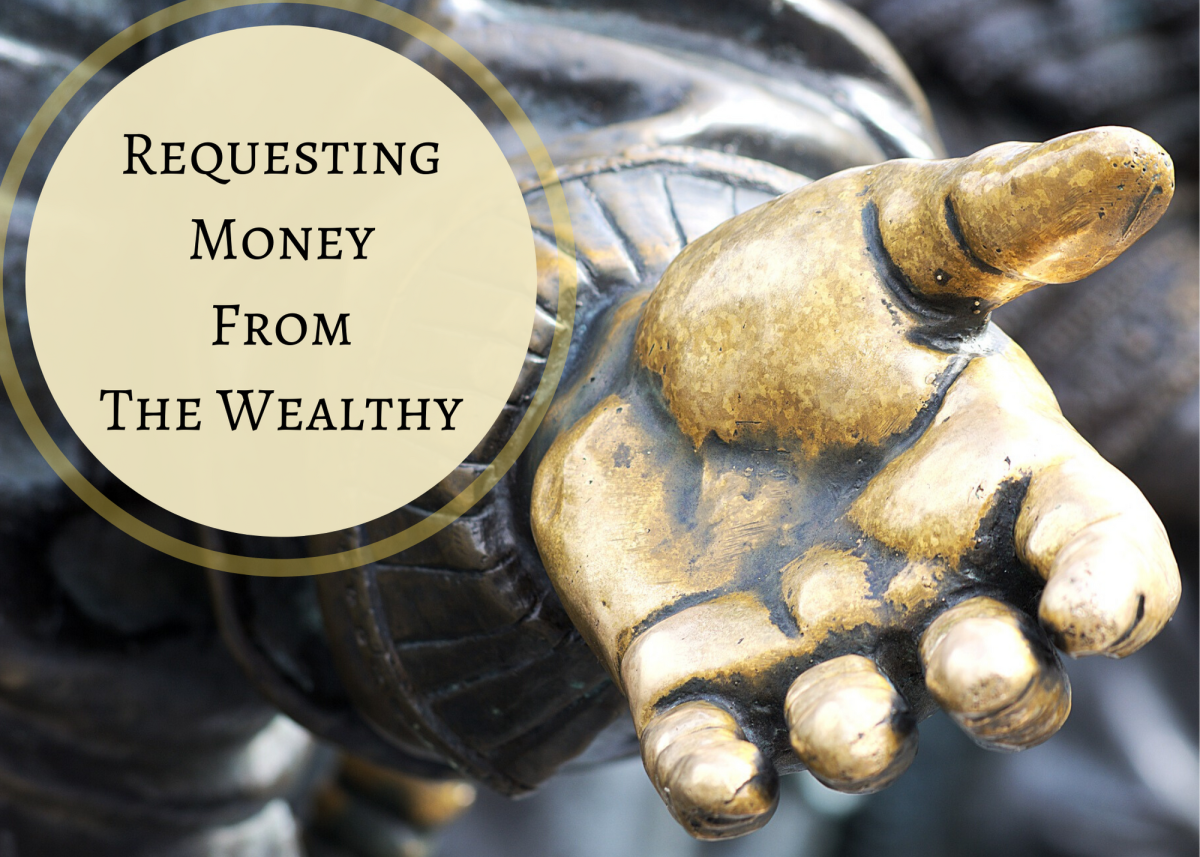The Dangers of Property Investment
Investing in property has become a global phenomenon and, some might say, an obsession amongst those foolish enough to believe they can make an easy and fast buck. While some succeed, others fall foul of the gremlins commonly known as greed and naivety.
Buy-To-Let: A Worldwide Can of Worms

There was a time when property investing was relatively straightforward. You bought a home, kept it for a decade or so, then sold it and moved up the ladder by buying something bigger or better in a preferred location … and so on and so forth, until you downsized to a retirement home to count the pennies you had made from all those years of investing.
Then, quietly and almost without anyone truly noticing or bothering to question what was going on, the world changed.
The change was not enormous. It wasn’t something that would ever be recorded in future history books. It was actually something very small and insignificant; but, like most global influences, it swept the world into a different place. The change was this: people started to realise a home was not merely something to strive for, for themselves and their family, but that it could be a sure-fire financial investment, which ultimately could help them attain wealth and prosperity. This encouraged the ‘buy-low sell-high’ strategy and the ‘buy-another-one’ phenomenon that changed the very reason for building dwellings on our land.
The Birth of Buy-To-Let
And then, in the 1990s, the worst concept of all was first launched in the UK. Buy-to-let was born. In its infancy, the buy-to-let concept was fine as it helped serious investors raise finance through the security and certainty of rental income. The trouble was, this was a concept that could not be kept secret. And once the world awoke to what it involved and how it worked, it spread like a forest fire, eventually destroying everything in its wake.
People recognised that one home wasn’t enough. They wanted two, three, four or more, which they could rent out to those who couldn’t afford any at all. And within a few short years it seemed like everyone was a landlord. At the same time, everyone had bought into the buy-to-let mortgage-trap, thinking and believing that property prices and rental income could only ever climb in an upward direction.
How wrong they were!
Buy-to-let became a monster out-of-control and unstoppable, because it was feeding on our desire for wealth and prosperity – two elements that tend to blind us to the insurmountable dangers ahead. When everyone including the guy next door is feeding from the same trough, the trough will eventually empty or collapse into tinder wood. And because the desire for wealth and prosperity wasn’t restricted just to the man in the street, the buy-to-let monster developed into a global virus, infesting commercial and financial institutions as well.
Builders recognised they had a new target audience … the eager and willing and oh so naive investor landlord, who might never have bought anything before. And banks and building societies climbed aboard the roller coaster, creating mortgage products tailored to property investors and lending to those that previously wouldn’t have stood a chance of acquiring a loan a few decades ago. These two different high-street institutions changed the world a little more by overbuilding and over lending. Volumes of apartment blocks mushroomed in our cities, mostly owned by novice investors whose mortgage repayments were entirely dependent on the continuity of rental income.
This was a style and scale of legalised and accepted pyramid selling the western world had never seen before and it seems obvious (with hindsight) that it was always going to turn sour, sooner rather than later.
The Buy-To-Let Bubble Burst
As we all know, the construction of apartment blocks created an oversupply in most of our towns and cities. In turn, this led to there being more properties than there were tenants available, and empty dwellings caused financial hardship for those that had bought them. No rental income meant no money to meet mortgage commitments, and as the debt mountain grew, the banks and building societies started to suffer from an inadequate cash flow. Many of these pillars of the high-street had become greedy, lending at high risk and to people with an adverse credit history. While the banks cannot be blamed entirely for the collapse of buy-to-let, they certainly played a key role in its downfall.
Within a few short years, the entire property investment system had fallen into disrepute and people’s lack of confidence caused tumbling house prices and a deep recession. Affluence, wealth and prosperity were walking out the door together and it would be a very long time before any of them returned. It is reported that around 9,000 banks, which is about about half of America's banking capital, failed during this time and billions of dollars have had to be written off as it became clear that bad debt securities were never going to be realized.
But Have We Learned Anything?
The dangers of property investing have never really changed. All types of property investing involve risk and those of us that get involved in it on a professional level try to minimize the risk as much as we can. The biggest influences here are supply and demand – and the continuity or certainty of both are prime factors in creating a successful outcome.
The worldwide property investment crisis was caused entirely because we all got a little too greedy and more than a little impatient. Profitable property investing is naturally a slow process and building a valuable portfolio should take a lifetime. All good things take time to mature. But investors wanted more and they wanted it quickly and that’s how things turned bad. Property investing became a convoy of cars racing in the same direction down a very steep hill, all without brakes – and it was an absolute certainty there was going to be a very big and devastating crash.
As we head slowly out of one of the worst periods of economic upheaval the world has ever known, banks are trying to return from the brink of disaster by introducing new rules and regulations, but they are also tempting us with new mortgage products, and some that fly close to the edge of debt-disaster. While some would-be property investors have developed a little caution and are prepared to take things slower than a decade ago, others remain over-eager and thirsty and seem prepared to take almost any risk, if it means they can drink from the fortune fountain once again. The cycle is restarting - and events of the recent past now seem a distant memory. Old investors are walking blinkered through mortgage-lenders doors and newbie property buyers are busy manipulating income figures to borrow high. It all seems dreadfully familiar.
We are now traversing through a phase when some are picking up the pieces and trying to make sense of the buy-to-let boom-and-bust bubble. Has the world learned from its mistakes and is it prepared to make changes to the way property investing might be done in the future? There was nothing wrong with the old way. It was slow and often an uphill struggle to achieve financial success – but it worked for generations – and it can work again. I rather doubt governments, banks and the construction industry (and ourselves) are brave enough to turn the clocks back. Instead, I feel (and fear) we may try to patch-up and start all over again ... and run eagerly like mice towards the trap invariably causing the same insatiably catastrophic conclusion a decade from now.
Time will tell.
Recommended by Tony Booth
Books by Tony Booth
- The Down Side of Being a Landlord
We see lots of blogs and media hype expressing the virtues of investing in buy-to-let and becoming a landlord, but very few ever point out the adverse facts that also coincide with joining the To Let brigade. Read on.
- Wham! Bam! What a Property Scam!
The Office of Fair Trading (OFT) has identified bogus property investment schemes amongst the top ten scams that target UK consumers. All the scams they examined had one overriding objective to relieve you of your hard earned cash.










